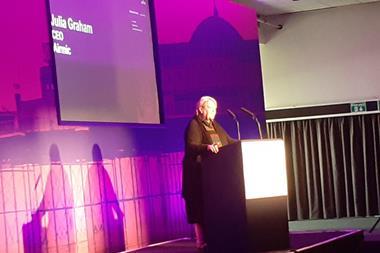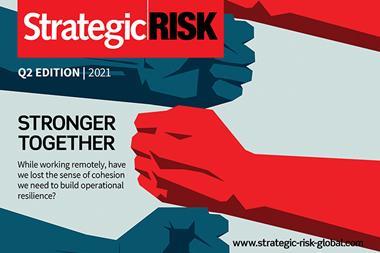Enterprise risk management (ERM) allows an organisation to reduce its total cost of risk
Enterprise risk management (ERM) allows an organisation to reduce its total cost of risk. This is the conclusion of a detailed study of ERM conducted for AIRMIC by Det Norske Veritas (DNV) consulting, the findings of which are being revealed on 17 June in the opening presentation to AIRMIC’s annual conference in Edinburgh.
As part of the project, DNV studied five organisations which had applied ERM between 2005 and 2007 and agreed to take part: DLA Piper, BT, Nestlé, Solvay and a UK Government agency.
Paul Hopkin, AIRMIC’s technical director, who oversaw the research, said the findings demonstrated the value of ERM: it reduced the overall risk exposure of an organisation. The overall risk exposure determines the actions that the organisation will take to manage residual risk.
He explained that, since an organisation has a certain amount of risk-bearing capital and appetite for risk, reducing the overall ‘riskiness’ of the business allows it greater freedom in the ways it deploys that capital. The case studies provide a map of the route to integrating ERM and demonstrate that with ERM there was less uncertainty in the projects and operations and an overall reduction in risk exposure.


















